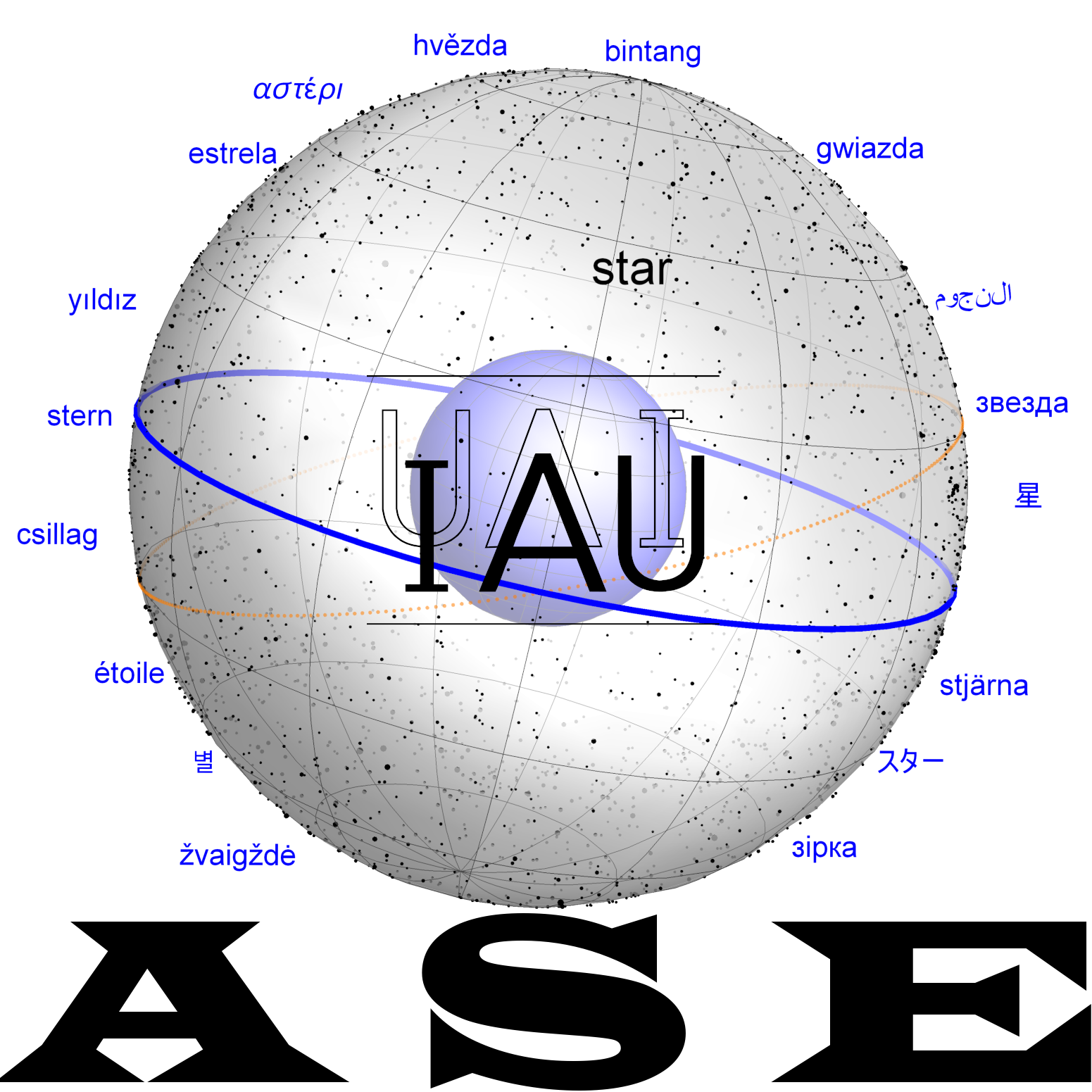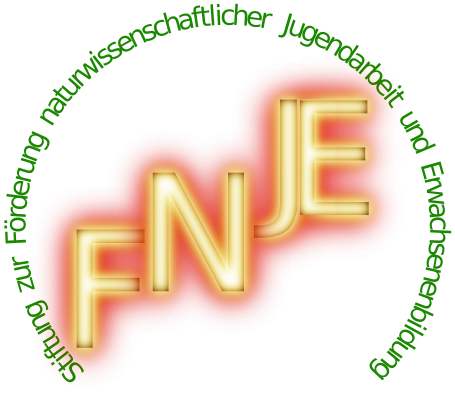Elamātum
Elamātum
(mul)Elamāt(t)u(m) in comination with the Mesopotamian goddess Ishtar, this is a name of an ancient Mesopotamian asterism (and also a goddess).
Dictionary
= "Woman of Elam"(?); identification not established.
Krebernik (2023)
(in combination with Ištar). Name of an asterism and of a goddess. The reading is confirmed by syllabic spellings (e.g., E-la-ma-tum, Astrolabe B 15). The name is usually rendered as “Elamite (Ištar)”. Note, however, that the Akk. word for “Elamite” is Elam(m)ītu whereas Elam(a)tum is “Elam”. Furthermore, the filiation “daughter of Enlil” contradicts Babylonian mythology where Inanna/Ištar is either the daughter of An/Anum or the daughter of the moon god Nanna/Sîn (who is a son of Enlil and Ninlil). It seems possible that the name is of a different origin, and its association with Elam based on folk etymology.
The Old Babylonian mythological text “Girra and Elamattum” tells us that a creature named Elam(NIM)-ma-tum was slain by the fire god Girra and placed in the midst of heaven. In the Old Babylonian “Prayer to the Gods of the Night”, E-la-ma-tum is mentioned after the “Bow(-star)” (AO 6769: 17). dIš-tar NIM.MA-tu4 (AN 12r).
Kurtik with Hilder, Hoffmann, Horowitz, Kim
| Sources | Identifications |
|---|---|
| "Prayers to the Gods of the Night."
The Old Babylonian prayer AO 6769 contains e-la-ma-tum in the list of names of astral gods [Dossin 1935, 181:17; Kurtik 2017, 827]. Earlier this word was interpreted as a definition in the expression qaštum elamātum "Elamian Bow". [AHw, 196; CAD Q, 152; Weidner 1957-59, 73] and was identified with the constellation mulBAN, considered an astral incarnation of Ishtar of Elam, see b06PAN as well as [Cooley 2013, 124-129]. "Hirra and Elamatum. An Old Babylonian myth tells of the creation of the constellation Elamatum by the supreme deity Enlil: u3 elam-ma-tum ša ˹te˺-ne-ru-ši-i-ma / ˹li-ṣi˺-a-˹am-ma˺ i-na ˹qa-ab-li˺-tu ša-ma-i / [xxx] x li-iz-zi-iz-ma "And let Elamatum whom you killed, / rise and in the middle of heaven / [. ...] let her stand." [Walker 1983, BM 78962:36-38]. Although the myth "Girra and Elamātum" indicates as if the name "Elamātum" is connected with a luminary not coinciding with the Bow constellation, but the earlier interpretation of elamātum as the definition under qaštum in the Prayer to the Gods of the Night cannot, in our opinion, be definitely rejected. |
Example |
Historical Dictionaries
| Kurtik (2022) | Gössmann (1950) |
|---|---|
| = «Женщина Элама»(?); отождествление не установлено.
I. Источники. «Молитвы ночным богам». Старовавилонская молитва AO 6769 содержит e-la-ma-tum в списке имен астральных богов [Dossin 1935, 181:17; Куртик 2017, 827]. Ранее это слово интерпретировалось как определение в выражении qaštum elamātum «Эламский Лук» [AHw, 196; CAD Q, 152; Weidner 1957–59, 73] и отождествлялось с созвездием mulBAN, считавшимся астральным воплощением Иштар Эламской, см. b06BAN, а также [Cooley 2013, 124–129]. «Гирра и Эламатум». Старовавилонский миф повествует о сотворении созвездия Эламатум верховным божеством Энлилем: u3 elam-ma-tum ša ˹te˺-ne-ru-ši-i-ma / ˹li-ṣi˺-a-˹am-ma˺ i-na ˹qa-ab-li˺-tu ša-ma-i / [xxx] x li-iz-zi-iz-ma «И пусть Эламатум, которую ты убил, / восходит и в середине небес / [...] пусть она стоит» [Walker 1983, BM 78962:36–38]. Хотя миф «Гирра и Эламатум» свидетельствует как будто о том, что название «Эламатум» связано со светилом, не совпадающим с созвездием Лук, однако более ранняя интерпретация elamātum как определения при qaštum в молитве ночным богам, не может быть, по нашему мнению, безусловно отвергнута. |
Example |




